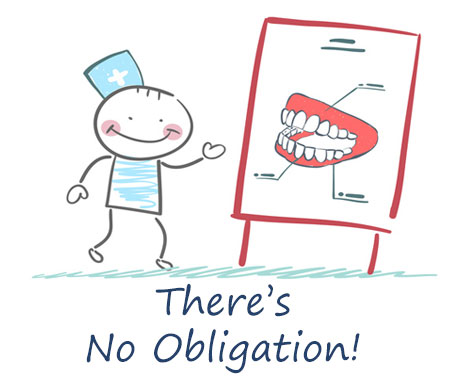Life with Braces
In previous articles we talked about the importance of brushing our teeth, and how it is especially crucial while wearing braces. The effect that not brushing properly can have on our teeth and indeed our overall health is huge! Today we are going to talk about good tooth brushing techniques to use while wearing braces. When you have braces on teeth, those teeth need extra attention to protect them from decay, staining and gum disease.
Tooth-Brushing Instructions
It is important to brush properly and regularly to help remove plaque which can cause tooth decay. Plaque is a sticky, colorless film of bacteria and sugars that constantly forms on our teeth. It is the main cause of cavities and gum disease, and can harden into tartar if not removed daily. Studies show that plaque will re-grow on teeth that are completely clean within three to four hours of brushing.
Braces trap food, so particular attention must be paid to brushing. When you wear braces, you should brush after every time you eat — even after that mid-afternoon vending machine snack or some late-night munchies. That’s because food particles easily become trapped in the braces, and the longer those particles stay trapped, the greater risk you have of developing dental problems.
Teeth should be brushed at least 5 times a day.
1.) After breakfast
2.) After lunch
3.) After between – meal snacks
4.) After supper
5.) Before you go to bed
Proper Technique For Brushing With Braces
With braces on, you must learn a new way to brush. Your old way of brushing may no longer be adequate. If you are used to brushing your teeth up and down or across — you are not cleaning your teeth properly. The toothbrush stops at the braces, therefore food gets trapped at the gum-line where the toothbrush cannot reach, encouraging the buildup of plaque.
Start by rinsing your mouth with water to loosen food stuck in and around your braces. Use a toothbrush with a soft, small head. A toothbrush head should be small enough for easy access to all areas of the mouth, teeth and gums. Use toothpaste, preferably one with fluoride. Fluoride helps teeth to be more resistant to decay and the toothpaste, along with correct brushing action, helps to remove plaque and clean and polish teeth. Plus toothpaste helps give your mouth a clean feeling.
It’s important to brush each tooth at the gum line and both above and below the brackets. Brush your gum line first, holding the toothbrush at a 45-degree angle. Next, clean the brackets by brushing at a downward angle on top of the brackets and brushing at an upward angle at the bottom of the brackets. Rinse again after brushing.
1.) Place the head of your toothbrush alongside your teeth, with the bristle tips angled at 45 degrees against the gum-line. Let some bristles slide gently under the edge of the gum.
2.) Move the head of the brush in small circles, very slowly, keeping the bristles stationary at the gum-line.
3.) Count to 10 and brush away from the gum-line in a sweeping motion.
4.) Using the small same circular strokes, brush the outer, inner and chewing surfaces of each tooth.
5.) Brush the inside surfaces of the front teeth by tilting the brush vertically and making several gentle circular motions with the front part of the toothbrush.
Be sure to brush long enough, at least 3 minutes. The average person brushes for less than a minute which is not long enough to fully clean all areas of the mouth of cavity causing bacteria.
Floss after Brushing
As important as brushing is, flossing your teeth every day is just as important. Flossing will help to remove plaque and food particles between teeth and at the gum-line and hard to reach places. Be gentle, threading the floss carefully between the tooth and braces’ wire, then work it slowly back and forth under the braces. Too much force can damage your braces. Be careful, take your time, and get under the gum-line.
Brushing and flossing with braces can be a challenge. But it only takes only a little extra effort, and when your braces come off and you have your beautiful new smile you’ll realize it is well worth it.
If you follow these guidelines, you will be on your way to keeping your teeth happy and healthy. Be sure to ask Dr. Chase, or any of our expert team members here at Chase Orthodontics, if you have any questions, or have things that concern you about your braces or caring for your teeth!



